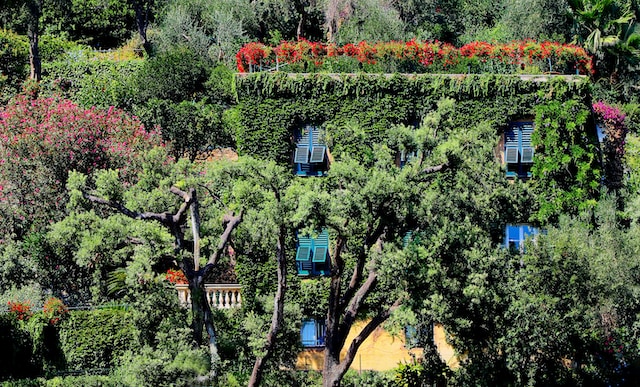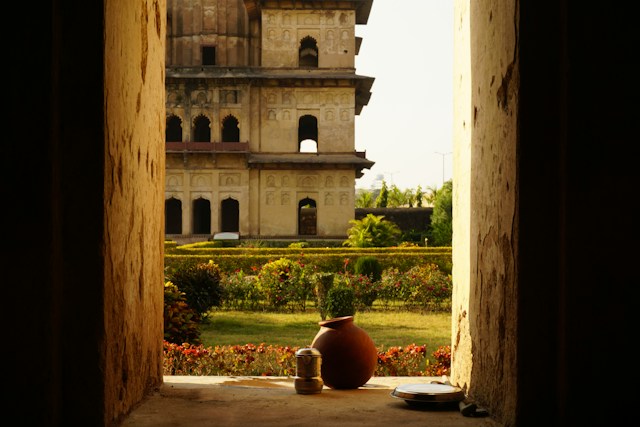Recently I’ve been sharing with you some of the garden designs that I would like to learn more about. This week, I want to talk a bit about Italian Renaissance Gardens. I’ve researched a little bit of their history and their design style. Additionally, I have thought about ways to incorporate elements of that design…
types of gardens
Frugal Inspiration from Mughal Gardens
Recently I shared with you that there are many different garden designs I want to learn more about. One of these designs is from Mughal gardens. These historic Indian gardens are known for their symmetrical design, use of geometric patterns, water features like pools and fountains, and lush greenery. So, I decided to do a…

